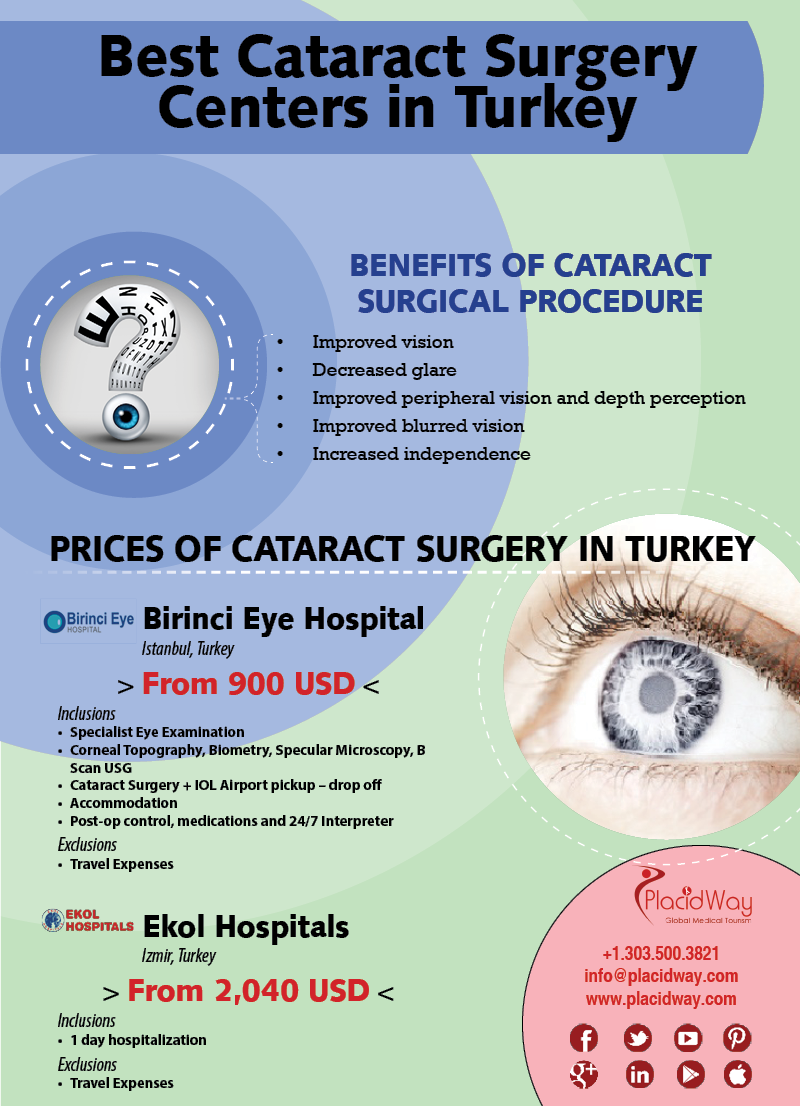Exactly How Does SMILE Eye Surgery Compare To LASIK And PRK?
Exactly How Does SMILE Eye Surgery Compare To LASIK And PRK?
Blog Article
Web Content By-Ryberg Tang
If you've been thinking about SMILE eye surgery, you might ask yourself how it stacks up against LASIK and PRK. Each procedure has its very own set of benefits and factors to consider. From quicker recovery times to prospective threats, there are vital differences you must recognize before making a decision. Understanding these distinctions will aid you make an educated option that straightens with your specific requirements and expectations. Interested to know more about just how these treatments contrast in detail? Go on exploring to gain a comprehensive understanding of SMILE, LASIK, and PRK.
SMILE Eye Surgical Procedure Introduction
If you're thinking about SMILE eye surgical treatment, you'll locate it to be a minimally invasive treatment with a quick healing time. Throughout SMILE (Small Cut Lenticule Extraction), a laser is made use of to produce a tiny, precise incision in the cornea to eliminate a little piece of tissue, improving it to fix your vision. 8 tips after cataract surgery varies from LASIK, where a flap is created, and PRK, where the outer layer of the cornea is completely removed.
One of the key advantages of SMILE is its minimally invasive nature, resulting in a faster healing procedure and less pain post-surgery. The healing time for SMILE is relatively quick, with numerous clients experiencing enhanced vision within a day or two. This makes it a preferred selection for those looking for a convenient and reliable vision adjustment procedure. Additionally, SMILE has been revealed to have a reduced threat of dry eye disorder compared to LASIK, making it a positive alternative for individuals worried regarding this prospective side effect.
Differences In Between SMILE, LASIK, and PRK
When comparing SMILE, LASIK, and PRK eye surgical treatments, it is essential to understand the distinct strategies used in each procedure for vision improvement.
SMILE (Tiny Laceration Lenticule Extraction) is a minimally intrusive treatment that involves producing a little cut to extract a lenticule from the cornea, improving it to fix vision.
LASIK (Laser-Assisted In Situ Keratomileusis) entails creating a thin flap on the cornea, using a laser to reshape the underlying cells, and then repositioning the flap.
PRK (Photorefractive Keratectomy) eliminates the outer layer of the cornea prior to improving the tissue with a laser.
The primary difference lies in the means the cornea is accessed and treated. SMILE is flapless, making it a good alternative for individuals with thin corneas or those associated with get in touch with sports. LASIK provides fast aesthetic recuperation due to the flap development, yet it may posture a higher danger of flap-related problems. PRK, although having a longer healing duration, stays clear of flap-related issues altogether.
Understanding these variations is essential in choosing the most appropriate procedure for your vision adjustment requirements.
Advantages And Disadvantages Comparison
To evaluate the advantages and drawbacks of SMILE, LASIK, and PRK eye surgical procedures, it's important to consider the specific advantages and possible constraints of each treatment. SMILE surgical procedure offers the benefit of a minimally invasive treatment, with a smaller incision and possibly quicker recovery time compared to LASIK and PRK. It likewise lowers the threat of completely dry eye post-surgery, a typical negative effects of LASIK. Nevertheless, SMILE may have limitations in dealing with greater degrees of myopia or astigmatism compared to LASIK.
LASIK surgical treatment offers fast aesthetic recovery and marginal discomfort throughout the treatment. It's very effective in treating a wide range of refractive errors, consisting of myopia, hyperopia, and astigmatism. Yet, LASIK carries a risk of flap complications, which can affect the corneal structure.
Custom Laser Eye Surgery , while not as prominent as LASIK, avoids developing a corneal flap, decreasing the threat of flap-related problems. It appropriates for individuals with thin corneas or uneven corneal surface areas. Nonetheless, PRK has a much longer recuperation time and may include a lot more pain throughout the healing process.
Final thought
So, when it comes to choosing in between SMILE, LASIK, and PRK, think of it like choosing the perfect pair of footwear. SMILE is like a smooth, comfortable pair of sneakers - quick and easy.
LASIK is a lot more like fashionable high heels - fancy and quick, however with some possible dangers.
PRK is like tough hiking boots - dependable and sturdy, however needing a little bit even more effort and time.
Ultimately, the most effective option depends on your specific needs and choices.
